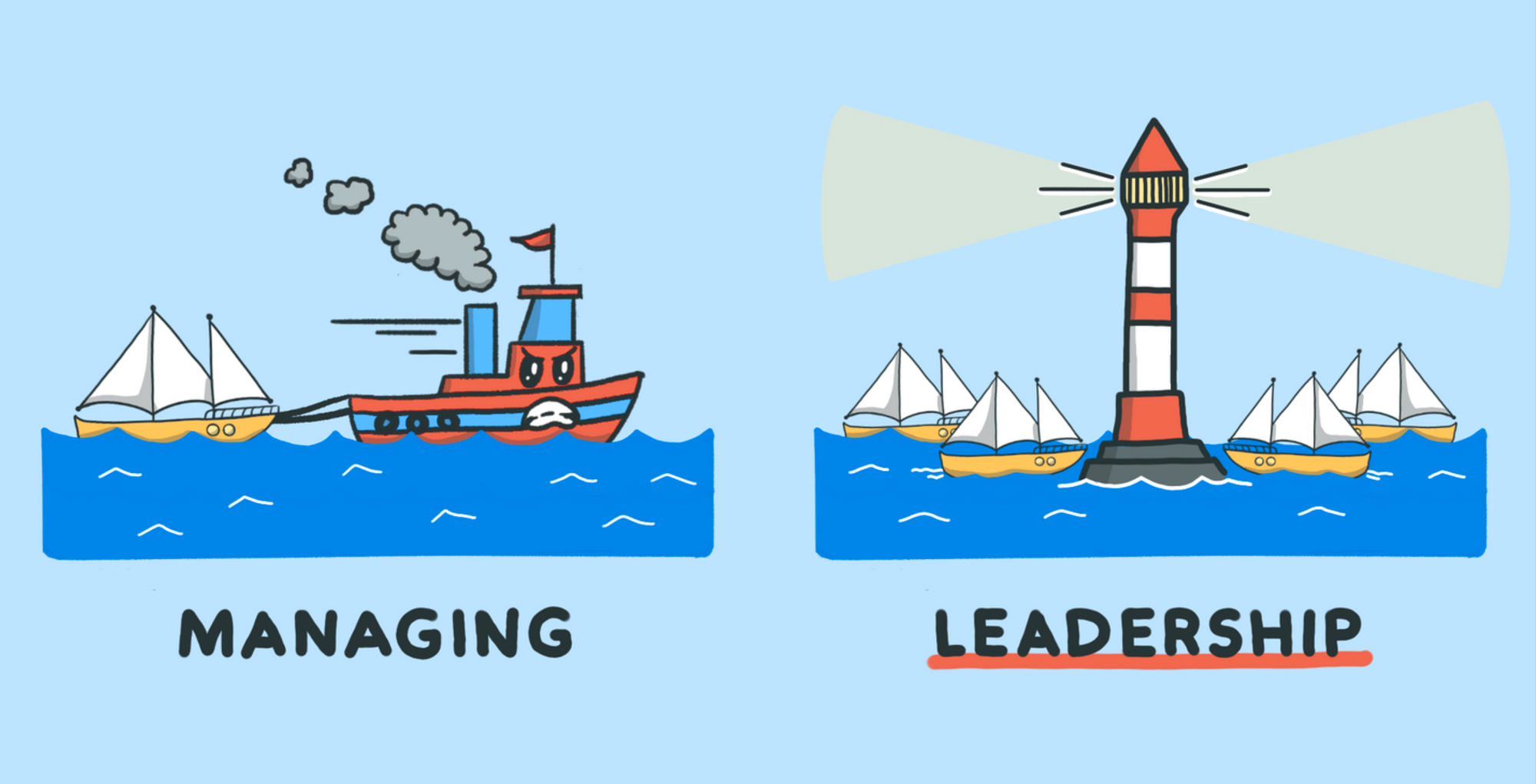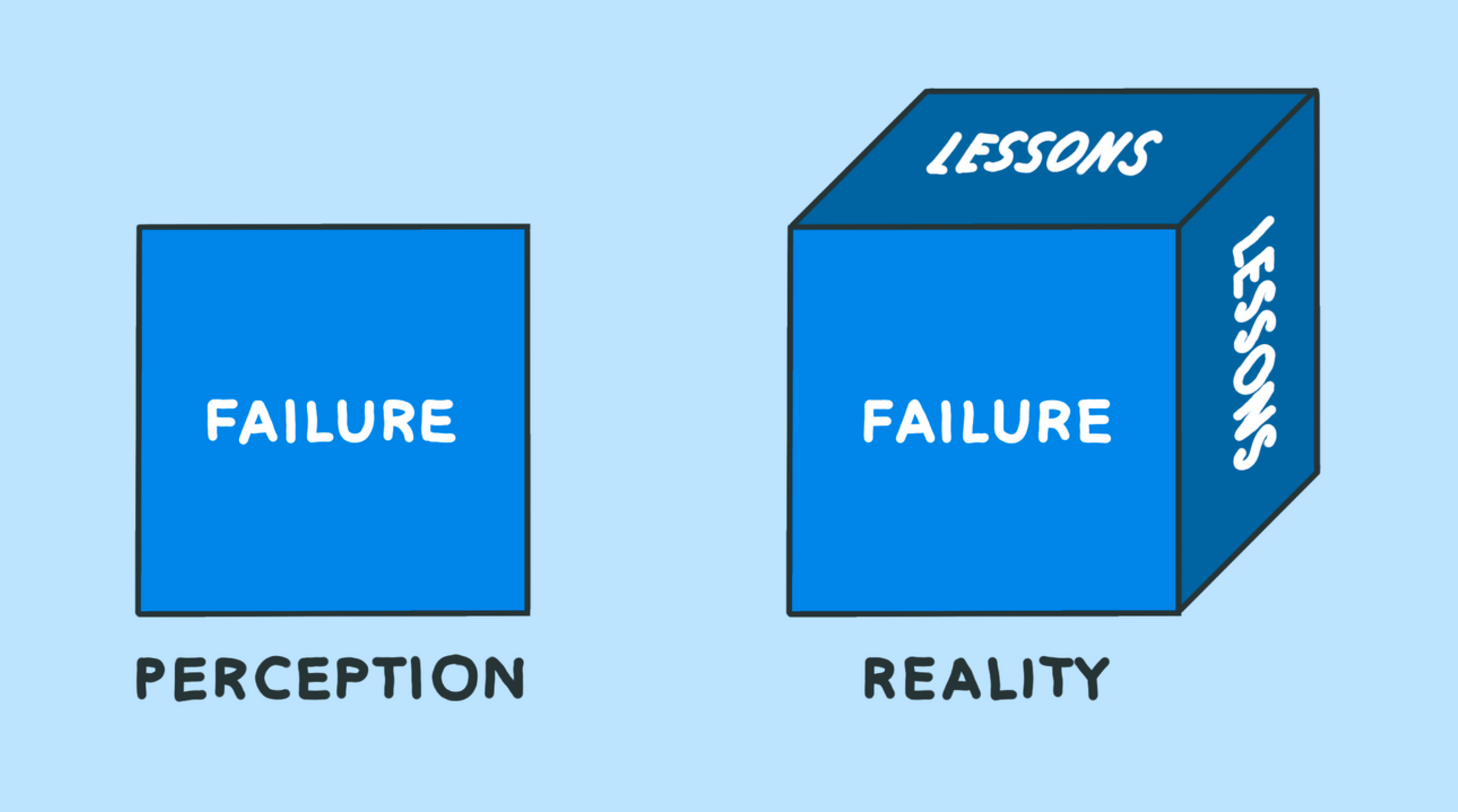№ 65 | Enter the Spudnet, Decolonizing Play, Ads Promoting Fossil Fuel Usage (Satire), the Interactive Cocktail Cabinet, and 10 Brilliant Illustrations

It's not too late to join in the “Make A Zine!” Challenge (hint, you should!). If the word zine stops you, then think about it this way—this is a great exercise to:
* Force clarity on a complex topic
* Beta test a book concept
* Geek out on a super niche topic
* Make something with your hands!
* Have fun?!
At this point, all that’s required is that you have a PDF version of your zine ready to share by Thursday, March 28th. You can make a simple 8-page zine or something more elaborate—the effort required is really up to you and the time you have for this!
Onto this weekend’s roundup of ‘playful✨ things to think with!’
Enter the Spudnet
A coding and cybersecurity board game? I’m in!

So, how’d I find this one?! Via the #gamebasedlearning hashtag, I believe. Translating this post…
After a Systems and Networks check, what's better than continuing with a game of Enter the Spudnet from the Potato Pirates series?
A nice game in English on cybersecurity to better understand the basic concepts of networks and introduce complex concepts with the game mediator.
…led me to the source for Potato Pirates, which was “born out of a mission to make STEM and computational thinking accessible, easy, and fun for anyone.” Sounds like another ‘serious’ game to add to the queue! And a company to follow.
Decolonizing Play
About this time last year, I shared a paper from veteran game designer Daniel Cook, exploring Kind Games (I even went so far as to suggest how these “prosocial game mechanics” could be made into a card deck, when I organized the proposed concepts in this Mural):

Now Daniel is back (along with Roxane Blouin-Payer and Elaine Gómez) from another Polaris Game Design Retreat with a fabulous paper on: Decolonizing Play: Exploring Frameworks for Game Design Free of Colonial Values.
I love how the issue is thoughtfully presented, with a nod to how widespread and pervasive these colonial underpinnings are to many games. What makes this paper a great “thing to think with” are the proposed tools for identifying these values, and then brainstorming alternatives.
First, here’s a rough assessment of the frequency with which these colonialist themes show up in certain genres of games. This is a good, quick diagnostic tool:

This is followed by a framework for brainstorming alternatives. Building on the problems named earlier, this paper asks ‘what if we brainstormed verbs that were the opposite of these concepts, and designed games around these, instead?’

I especially love this invitation near the end of the paper:
We believe that humans are more than our worst instincts. Games need not be limited to the glorification of past horrors. We can move beyond fellating imperialism as the central focus of our joyfully broad and vibrant artform.
WHAT IF GAMES ENRICHED OUR MODERN CULTURE?
In part we were motivated to write this paper because we want to see fresh, new game designs that help society to move forward in a positive way.
Yes!
Ads promoting fossil fuel usage (Satire)
Satire is a great way to get us thinking (and talking?!) about critical issues (remember Idiocracy, or the Truth campaign from back in the day?). Anyway, I love this fake poster that takes a jab at the greenwashing of rampant business travel.

In the post sharing this poster, artist/designer Darren Cullen had this this to say:
Poster I designed last year for a subvertising campaign organised by the group Brandalism which brought together dozens of artists and placed hundreds of fake ads in billboards and bus stops around the country, drawing attention to fossil ads, the advertising for high carbon products that are helping burn the planet.
We had a ban on cigarette advertising to protect public health, it's about time we had one on ads that promote fossil fuel usage too.
If you like this poster, there’s more projects like this over on Darren’s web site, Spelling Mistakes Cost Lives.
Interactive Cocktail Cabinet
With the Epicurious The Epicurious Interactive Cocktail Cabinet you can “find your new signature cocktail by clicking on up to three ingredients that you’d like to use in your next drink.”

I. Love. This.
Why?
There are a number of cases—typically commerce/retail related—where you need to make sense of the relationships and dependencies between various objects. ‘This accessory goes with that product, but not this one’ types of relationships. A recent example for me: Making sense of all the accessories that go along with a video camera like the BMPCC4K—battery options, lenses, filters for lenses, cages, cage accessories, mic options, cables… Some of these things are interchangeable, some are not, some are/are not compatible in combination with each other. Whew. It can get very complicated very quickly. Which is why—for the last few years—I’ve been organizing my personal videography notes in a similar fashion, with stacked rows for each type of accessory:

What’s missing is the ability to make this interactive. To see on hover those dependencies and relationships, as you can with the Interactive Cocktail Cabinet (I don’t suppose anyone knows of a tool or framework that’d make it easy to build something like this? 🤞).
10 Brilliant Illustrations
When you find the right illustration, it can bring a concept to life; the right visual can make a difficult concept instantly understandable, and easier to recall later on, especially if it’s at all humorous. These visuals from Pejman Milani are kind of brilliant. Check out the LinkedIn post—“10 Visuals that will change the way you think”—for more of these.




***BONUS: Speaking of simple and direct visual explanations of concepts… For years, I've been following Sketchplanations weekly explanation in a sketch. Finally, there’s a BOOK—Big Ideas Little Pictures—collecting some of these gems! 🎉

***BONUS 2: Mark Tippin and I both work (and think) in similar, visual ways (we also both both work at Mural, but that’s not the point). We both use the infinite canvas to capture and organize all manner of topics (see my video camera notes ^^^^). For us, this is a kind of second brain, but much more visual than what is afforded by most PKM note taking tools.
Anyway…
A few weeks ago, I shared an article about “linchpin ideas.” In a very meta way, this article became for Mark “an actual ‘lynchpin’ for pulling together my thinking around other articles by Ted Gioia and Maria Popova's work at the Marginalian.” [Mark’s LinkedIn post]
I was moved to visualize the work in a mural, that I'm happy to share with anyone that would like to trace these steps and follow their curiosity as well.

Bravo! Now, we just need the Loom that walks us through this. 😃





